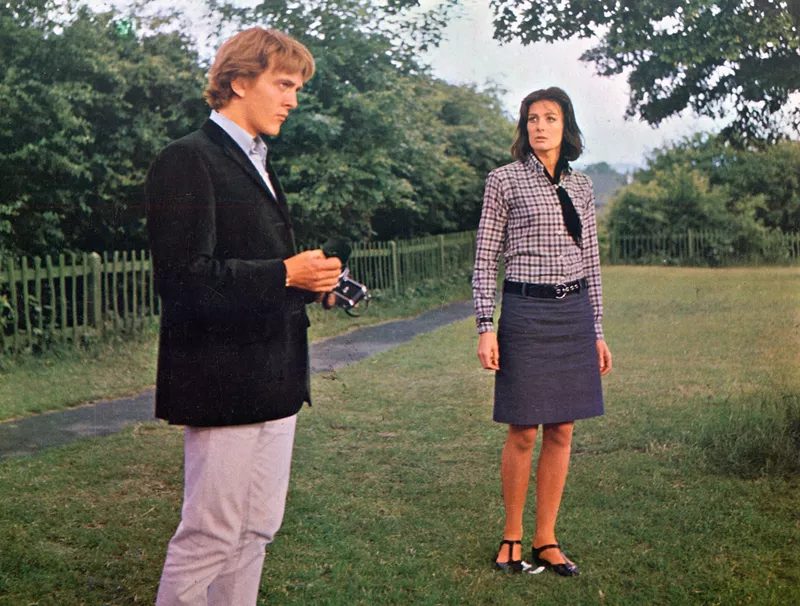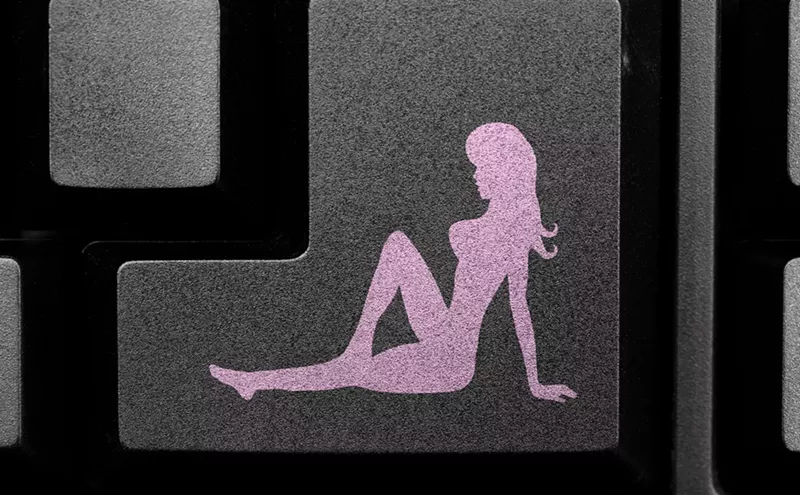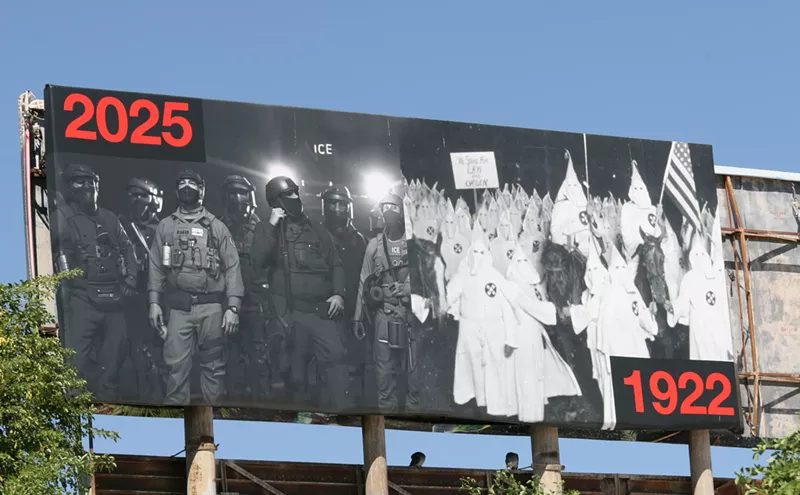Michelangelo Antonioni’s Blow-Up has pretty much the greatest, most legendary fuck-you ending in all of cinema history: an imaginary tennis match between two mimes to conclude an oblique murder mystery. Somehow, it’s also an ideal finale to this most hypnotic parable of alienation — and a perfect example of Antonioni’s practically supernatural control of framing and mood. In the 50 years since Blow-Up’s release, I don’t know that anybody has actually figured out what that ending truly means; every interpretation I read leaves me unsatisfied. And yet, it’s hard to imagine this film, with its all-pervading atmosphere of existential unease, ending any other way.
Blow-Up, as you might have heard, is about Thomas (David Hemmings), a photographer in Swinging ’60s London who accidentally takes a picture of a murder. Sort of: He’s photographed an amorous couple during a rendezvous in the park and, as he later looks through the images, he discovers, fuzzily hovering in the edges of his frame, a figure with a gun. Then he discovers, even more blurry and indistinct, a dead body lurking in the background. A narrative briefly seems to form in the photographs. The couple he’s captured clearly did not want to be seen, and the woman (Vanessa Redgrave) in one picture seems to be looking, with concern, off to the woods where the man with the gun is hiding.
But then what to make of the dead body? And what to make of the fact that, later that night, Thomas visits the location and finds the corpse still there, impeccably clothed, lying in the middle of the park, only half-hidden among some bushes? The awkward, unreal mood of this later encounter suggests that he’s not actually figuring anything out here, but rather that he’s being pulled further into the dream logic of his own images: He’s an artist lost in his own creation.
Here’s the point, though: None of it matters. Because Blow-Up — even though it has had a huge influence on thrillers of all sorts like The Conversation, Blow Out and High Anxiety (which is, yes, a comedy, but also pretty scary) — isn’t really a mystery nor is it really about a photographer. Sure, we follow Thomas right from the beginning of the film, as he’s coming out of a flophouse where he’s been taking pictures of the poor men crashing there. And we see his fancy house and his huge studio, and the revolving door of modishly dressed (and often undressed) models and groupies and others that stroll in and out of his life. Antonioni probably spends more time in photo shoots — capturing the surreal postures and gestures and outfits of the subjects — than he does with that central murder narrative. And to the extent that Thomas comes through at all as a character, the protagonist himself is a bit of a manipulative shit, bedding and abandoning women left and right. He’s the kind of guy who might kiss a subject in the middle of a shoot.
But the sinewy movements of the girls, their psychedelic jumpsuits and slinky dresses and multicolored minis, along with Thomas’s direct, physical involvement with them, all contrast sharply with the blurred, frozen, inchoate unknowability of the death contained within his image. It’s a glimpse of the eternal and elemental — the dead body and the gun are both in the bushes, almost like a natural fact — that completely reorders, or rather disorders, Thomas’ world. As an artist, he can’t capture it or understand it or do anything with it. As an individual, he can’t possess it or consume it.
Antonioni, it has been said, was less interested in people than in the space between them — whether that space was architectural, natural or just plain blank. That’s often the case in Blow-Up as well — as captured by Carlo Di Palma’s camera (and gorgeously rendered in this restoration), the world Thomas walks through is beautiful and alien, somehow both lived-in and curiously empty. The film was celebrated for capturing the ’60s London scene, but there’s nothing particularly realistic or exciting about the world it depicts: The streets are often empty and quiet, and for all the flailing and groping and gyrating that happens in the shoots, concerts and orgies, Blow-Up often feels like it’s verging into abstraction. What Thomas’ photography ultimately “reveals” is a kind of inexpressible meaninglessness — the idea that nothing in this life makes sense, and that the closer we come to what we think is the truth, the less clear everything becomes. And then a bunch of mimes play a fake tennis match. And when they lose their “ball,” Thomas retrieves it for them and tosses it back. Because why the hell not?

Audio By Carbonatix
[
{
"name": "GPT - Billboard - Slot Inline - Content - Labeled - No Desktop",
"component": "21251496",
"insertPoint": "2",
"requiredCountToDisplay": "2"
},{
"name": "STN Player - Float - Mobile Only ",
"component": "21327862",
"insertPoint": "2",
"requiredCountToDisplay": "2"
},{
"name": "Editor Picks",
"component": "16759093",
"insertPoint": "4",
"requiredCountToDisplay": "1"
},{
"name": "Inline Links",
"component": "17980324",
"insertPoint": "8th",
"startingPoint": 8,
"requiredCountToDisplay": "7",
"maxInsertions": 25
},{
"name": "GPT - 2x Rectangles Desktop, Tower on Mobile - Labeled",
"component": "21934225",
"insertPoint": "8th",
"startingPoint": 8,
"requiredCountToDisplay": "7",
"maxInsertions": 25
},{
"name": "Inline Links",
"component": "17980324",
"insertPoint": "8th",
"startingPoint": 12,
"requiredCountToDisplay": "11",
"maxInsertions": 25
},{
"name": "GPT - Leaderboard to Tower - Slot Auto-select - Labeled",
"component": "17012245",
"insertPoint": "8th",
"startingPoint": 12,
"requiredCountToDisplay": "11",
"maxInsertions": 25
}
]







